10
Flexibility
Last Updated: November 5, 2024
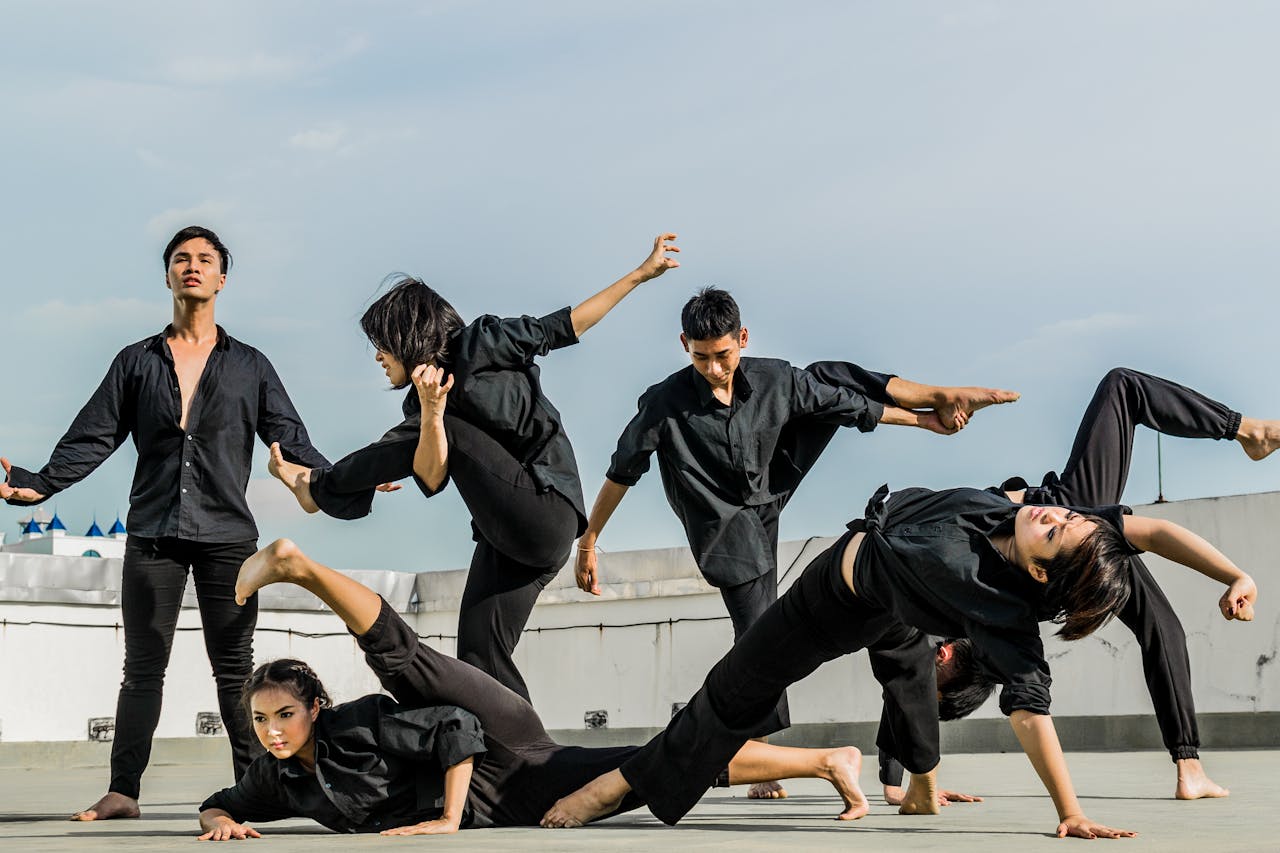
Table of Contents
Flexibility is a muscle’s capability to lengthen through its full range of motion and is integral to total body health. It is influenced by many factors, from personal genetic differences to nutrition and hydration. Like all aspects of fitness, individuals can improve flexibility through purposeful training.
Key Takeaways
- Definition: Flexibility is the ability to move joints and muscles through their full range of motion, essential for functional movement and normal joint flexibility.
- Benefits: Improved flexibility reduces muscle stiffness, enhances postural stability, and supports athletic performance by maintaining joint and muscle strength.
- Techniques: Incorporating static stretching and dynamic stretching exercises in your stretching routine can prevent delayed onset muscle soreness and muscle fatigue.
- Impact: Flexibility exercises improve joint range, soft tissues, and connective tissue function.
- Application: Stretching exercises should target major muscle groups and their opposing muscle groups to ensure balanced muscle function.
- Maintenance: Regular practice of static stretches and dynamic stretching is crucial for maintaining flexibility and preventing muscle stiffness.
Why Is Flexibility Important?
Flexibility is one of the five health-related components of fitness, alongside muscular strength, cardiorespiratory endurance, muscular endurance, and body composition. Inflexible or stiff muscles can make it hard to perform everyday activities like shoulder checking while driving or pulling on socks. Chronic, long-lasting inflexibility leads to higher rates of muscle tears and strains. These injuries can cause lifelong alterations to movement patterns - like limping or overcompensation - that can translate into more severe injuries over the lifespan. Maintaining adequate flexibility is an essential part of total body health.
Reduced Risk of Injury
Studies show a significant reduction in muscle and tendon injuries and low back pain for participants who performed stretching exercises. Studies also show that athletes that follow a program including flexibility exercises have a reduced chance of hamstring strains. These studies show the critical relationship between poor flexibility and muscular injuries and the power of stretching in reducing severe injuries.
Reduced Pain
A good stretching routine will reduce muscle stiffness and loosen tight muscles that can cause pain. The body is a highly interconnected system, and a lack of flexibility in a muscle can have a compounding effect on other body parts. Stiff muscles can prevent joints from moving through their full range of motion, and a reduced range of motion is detrimental to joint and tendon health.
The concept of "use it or lose it" applies: joints require movement, and insufficient flexibility prevents that movement, reducing a joint's pain-free range of motion. Maintaining normal joint flexibility is especially important for reducing pain in athletes, those working physically intensive jobs, and aging populations. Sufficient extensibility of a muscle - flexibility - is required to reduce pain, maintain a normal range of motion, protect joints, and maintain or improve overall health.
Improved Athletic Performance
Flexibility is necessary for many aspects of sports performance. For instance, many sports require sprinting, and good hamstring and groin flexibility is needed to achieve a longer stride and subsequent speed. Extending the shoulder blades through their full range of motion for swimmers and throwers allows for a greater achievable wingspan. That leads to more force production at the hand, meaning a faster throw or a more powerful stroke.
Benefits To Posture and Daily Life
Flexibility training is not just for athletes. Even simple, everyday tasks (like reading through Anahana's weekly newsletter!) require muscles to move through their minimum ranges of motion. Sitting at a desk or looking down at a phone for long periods can cause soft tissue shortening and decreased flexibility, causing poor posture and chronic muscle and joint pain. Spending excessive time in these positions can cause a shortening of the chest muscles, leading to overcompensation in the opposing muscle groups of the back. This shortening and overcompensation can cause a stiff neck, upper- and lower-back pain, and conditions that affect posture. Creating and maintaining supple muscles can remedy these issues or prevent them from developing in the first place.
Aging, Inflexibility, and Increased Risk Of Serious Injury
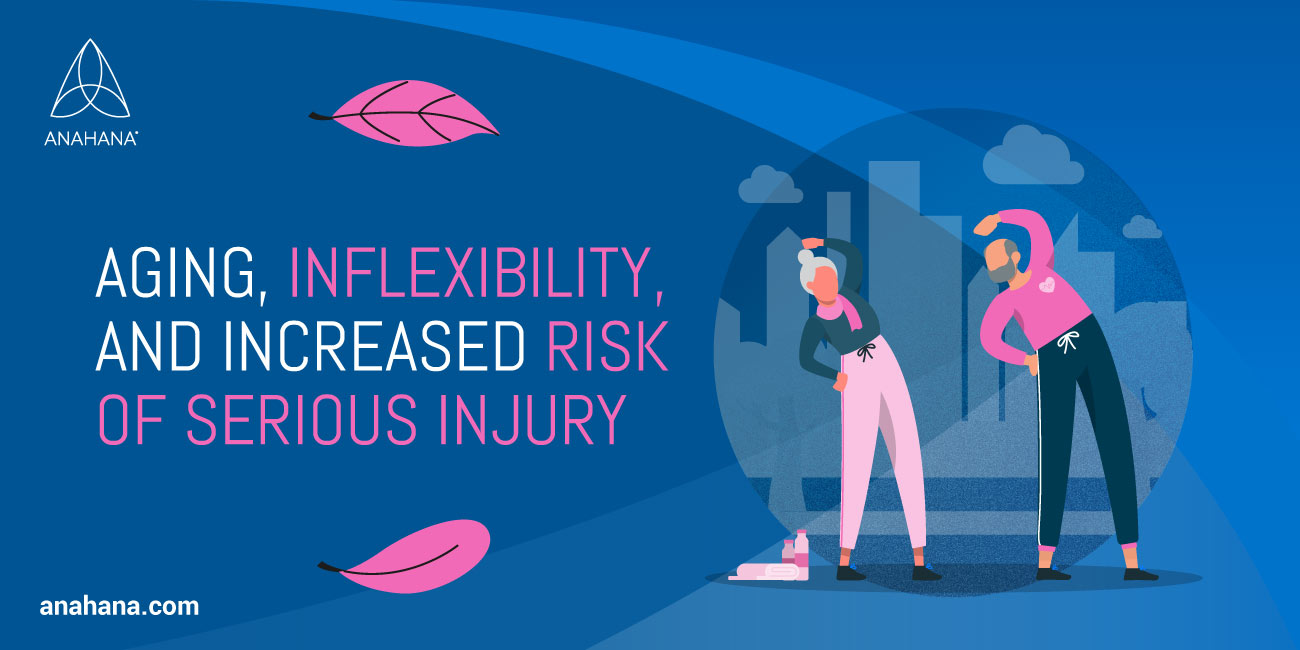 Flexibility tends to decrease with age. Given the increased risk of injury associated with inflexibility, older adults must engage in some forms of flexibility exercise. The Gerontological Society of America investigated long-term results of flexibility training on adults aged 65 and older. Their study found significantly reduced pain levels in the men and women who participated in a regular stretching routine for an extended period.
Flexibility tends to decrease with age. Given the increased risk of injury associated with inflexibility, older adults must engage in some forms of flexibility exercise. The Gerontological Society of America investigated long-term results of flexibility training on adults aged 65 and older. Their study found significantly reduced pain levels in the men and women who participated in a regular stretching routine for an extended period.
Of important note, less than 10% of the study's participants reported any kind of exercise-related injury over the entire year of the study. Alterations to the stretching routine quickly remedied any reported pain or soreness.
Maintaining or regaining balance is directly linked to flexibility. More flexibility means a better chance of maintaining balance and preventing falls, lessening the likelihood of more severe injuries.
What Influences Flexibility?
Flexibility varies widely from person to person and throughout an individual’s lifetime. Additionally, dozens of variables affect an individual’s level of flexibility: lifestyle factors, genetics, age, previous injuries, and more can all play a role in one’s level of flexibility.
Joint Structure and Range Of Motion
Muscles cross the body's joints, which allows movement. A joint that can move in many directions, like the hip, have different requirements than the knuckles or elbows. Because of this, it is important to find stretches that are appropriate for each muscle. Individual differences, like hip width and structure or muscle insertion points, can also significantly affect flexibility.
Age
It is natural to lose some flexibility with age. It is important to regularly put joints through their full range of motion to combat this natural flexibility reduction while aging. Frequent and proper movement prevents soft tissue shortening, which leads to tight muscles.
Muscle Tone
Muscle tone is the resting tension in skeletal muscles, essential for maintaining posture and balance. Too much tension in a muscle can prevent it from lengthening, reducing its range of motion at the joints that the muscle crosses. Stretching often can maintain a healthy level of muscle tone for posture and balance while reducing the postural issues associated with overly tense muscles.
Level and Type of Activity
Strength training, aerobic exercise, and sports can all lead to an acute reduction in flexibility. Inactivity or long periods spent with poor posture can have a similar negative effect on flexibility. Either of these can lead to chronic conditions if left untreated. Whether largely sedentary or highly active, lifestyle impacts flexibility. For this reason, a stretching routine can be beneficial in anyone's life.
Injuries
The body's soft tissues are susceptible to forming scar tissue following an injury. Connective tissues like muscles, tendons, and ligaments often heal in a shortened position. Stretching these scarred soft tissues to regain flexibility lost in the healing process is crucial. A sports medicine professional or a physical therapist can be beneficial in prescribing flexibility exercises to loosen tight muscles and avoid further injury.
DOMS, Muscle Stiffness, and Flexibility
Delayed onset muscle soreness, or DOMS, contributes to acute inflexibility in athletic populations. Often present after vigorous activity or strength training, delayed onset muscle soreness can be extremely painful and feel like a strained muscle or severe injury. As painful as it is, DOMS is normal and generally only causes a temporary reduction in flexibility. If stiffness and pain persist over two days, consultation with a health professional may be necessary.
Improving Flexibility
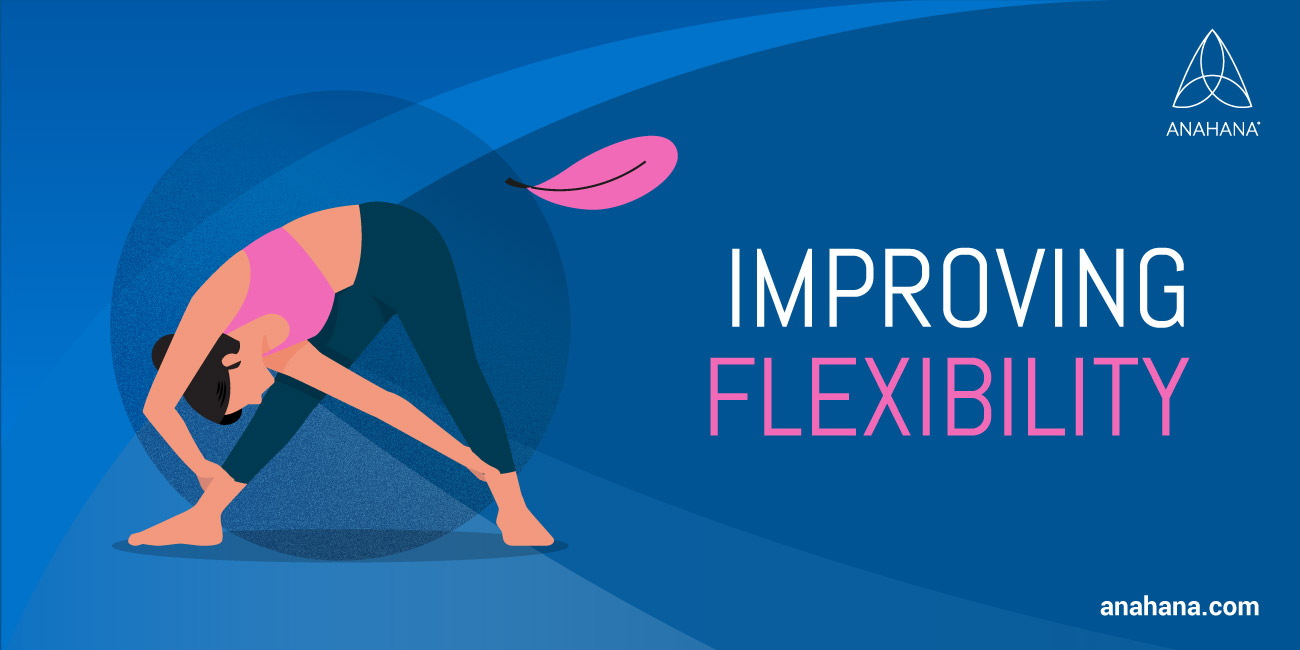
Importance of Nutrition and Hydration For Flexibility
A well-nourished and hydrated muscle is a happy muscle. Proper hydration gives muscles more elasticity, meaning they can stretch further without injury or pain. Sufficient electrolyte balance, protein intake, and micronutrient consumption are necessary to keep muscles moving smoothly through their normal range of motion.
How Stretching Can Improve Flexibility
Stretching is a straightforward concept: move a muscle to a point where it becomes uncomfortable and hold it there until it lengthens. The mechanical process for this is a bit more complex. It involves adding sarcomeres (muscle cells) in series with existing muscle fibers over time, increasing the length of a muscle and, therefore, allowing it to move further through its range of motion. Studies show that static stretching increases muscle length for over 24 hours, with the most significant benefits noted within the first fifteen minutes. These findings indicate that stretching immediately before an activity can be beneficial.
Types Of Stretching and When to Use Them
Static Stretching
Static stretching involves pushing a muscle to a point where it is under tension to lengthen and holding it. Static stretching promotes improved flexibility when performed regularly. It is important to stretch slowly to avoid injury, and one should never push stretches past a point of mild discomfort. People looking to improve their flexibility should hold static stretches for 15-60 seconds each and stretch opposing muscle groups together to prevent significant imbalances in flexibility.
Dynamic Stretching
Dynamic stretching involves moving a muscle through its range of motion repeatedly. It is regularly included in warm-up activities, especially before aerobic exercise. Arm circles and hip circles are common examples of dynamic stretching. When performed before physical activity, they can increase a muscle's pain-free range of motion, leading to a lower chance of injury during the activity. It is most beneficial for dynamic stretching that a person performs the stretches under control and through a muscle's full pain-free range.
Proprioceptive Neuromuscular Facilitation (PNF) Stretching, or Partner Stretching
Proprioceptive neuromuscular facilitation, or partner stretching, involves forcing a muscle into an isometric (unmoving) contraction against an unmoveable force, usually a partner's body, and pushing into that unmovable force for several seconds. One of the most common examples of individual PNF stretching is the towel calf stretch, where a towel holds the foot in place while the calf flexes isometrically against it. PNF stretching is very effective at forcing a muscle to extend but is best done under the watch of a physical therapist or other health practitioners to avoid overstretching.
Cautions and Concerns About Stretching
Stretching can cause injury in some cases. Individuals should not push stretches to the point of significant pain; mild discomfort usually is enough to achieve the flexibility benefits of stretching. While dynamic stretching is often used as a warm-up activity, it is essential to ensure that muscles are sufficiently warm before pushing them to the end of their range of motion.
Overstretching, especially of a cold muscle, can transfer tension to connective tissue rather than lengthening the muscle. In extreme cases, this can lead to a more severe tendon injury.
Tips For Effective Stretching
- Avoid pain. Discomfort is necessary, but pain can be a sign of overstretching.
- Hold a static stretch for at least 15 seconds. 30-60 seconds is even better.
- Use a combination of static and dynamic stretches.
- Stretch slowly and avoid ballistic stretching. Carrying too much momentum into a stretch (a ballistic stretch) can push muscles further than they can safely go. This abnormal stress can cause a soft tissue injury in the muscle or connective tissues.
- Stay hydrated.
- Remember to breathe! Stretching elongates the muscles through relaxation. Taking slow, deep breaths during stretching is the best way to ensure the muscle will lengthen when and how you want it to.
Effective Static Stretches To Improve Flexibility
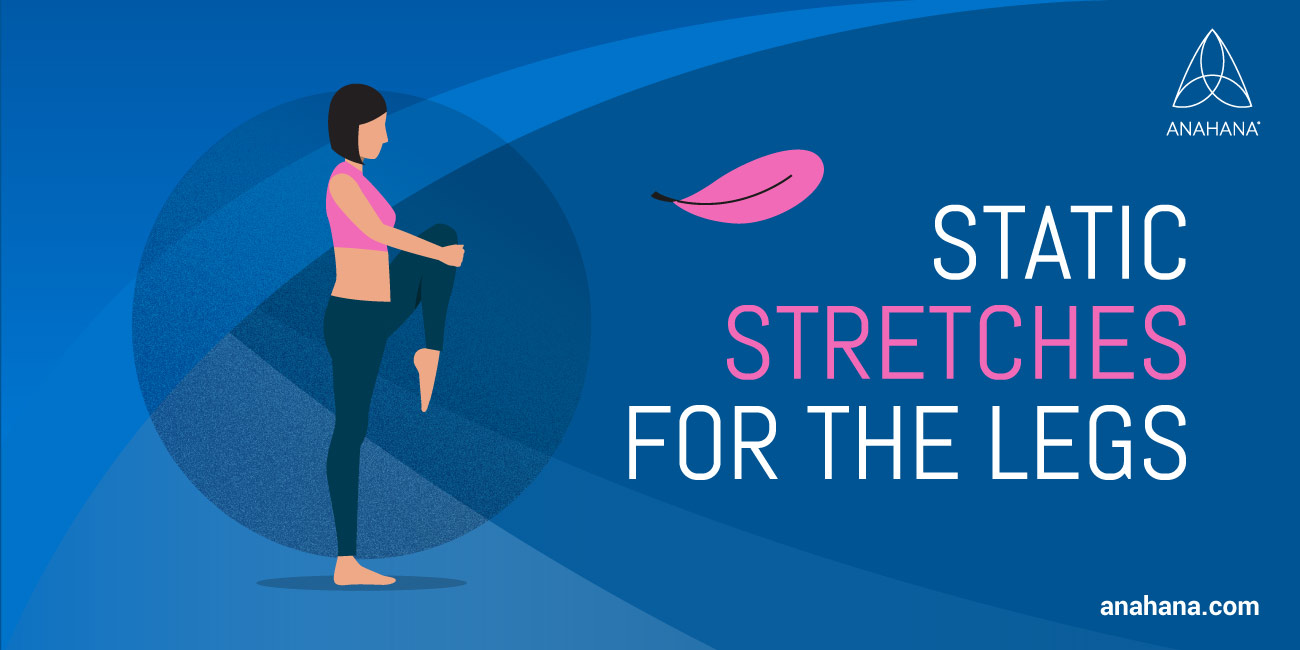
Static Stretches For The Legs
1. Frog stretch. The frog stretch opens the hips, stretching the hip flexors, gluteals, and inner thigh muscles. One can further deepen this stretch by pressing the hips back and leaning into the tension in the glutes and hamstrings.
2. Standing quad stretch. This is one of the classic pre-game stretches seen at sporting events. It is an effective way to lengthen the quadriceps but requires balance and agility that may not be present for everyone.
3. Seated toe touches. When performed correctly, the seated toe touch is an effective hamstring and calf stretch. The torso should be kept neutral during the entire movement with a specific focus on avoiding rounding in the back - the focus here should stay on the posterior (back) side of the legs. The toes pulled back toward the shin will intensify a stretch in the calves.
4. Pigeon pose. The pigeon pose is a pose performed in yoga. It is an extremely effective stretch for the glutes. With one knee bent and the leg underneath, the other leg extends behind the body.
Static Stretches For The Neck, Shoulders, And Chest
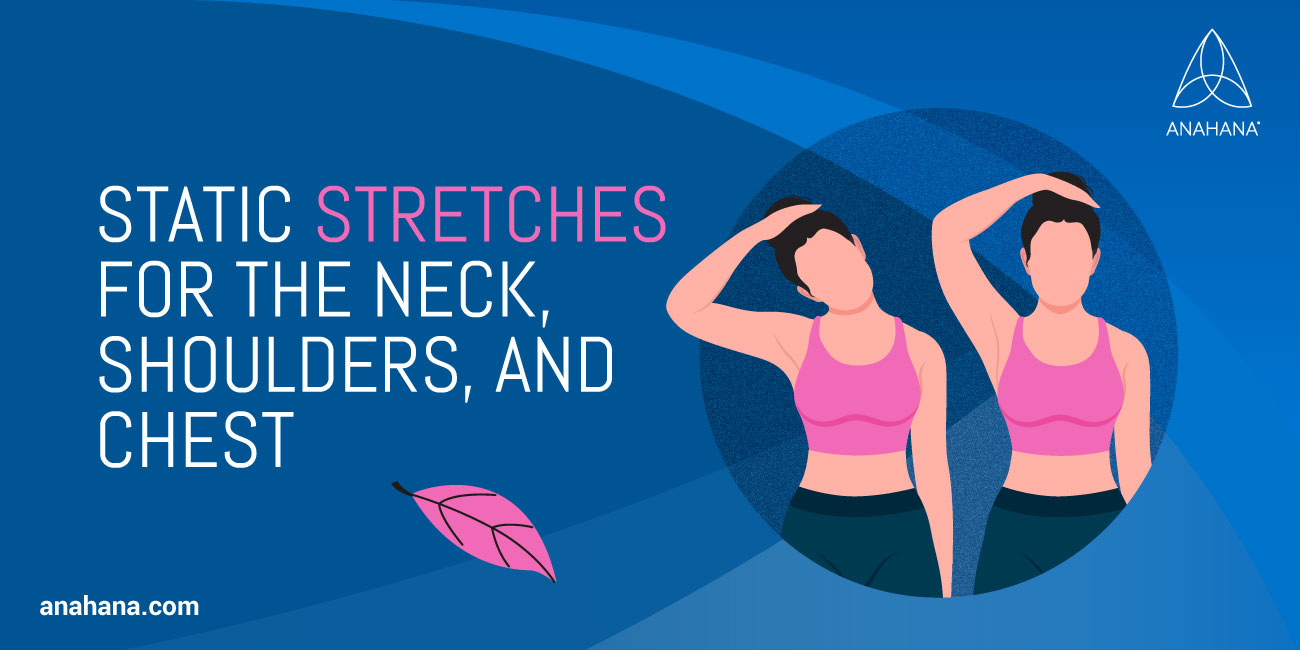
1. Chin to armpit stretch. This is as simple as they come. The chin points down towards the left or right armpit until a mild stretch is felt, then held there for 15-60 seconds. The opposite arm reaches over the head to pull the neck down and intensify the stretch.
2. Doorframe stretch. The doorframe stretch is very effective for lengthening the pectorals and the anterior (front) shoulder muscles. It is most effective with the elbow bent to 90 degrees with the elbow and palm placed on a doorframe. One will feel a stretch through the pecs and shoulder by twisting away from that arm from the hips.
3. Clasped hands behind the back. This stretch is a fantastic option to open the shoulder girdle and release tension through the pecs and shoulders. The hands clasp behind the back with straight arms, and the shoulders are pushed down and rolled backward, pushing the chest up.
Stretches For The Arms
1. Overhead triceps stretch. From a standing or sitting position, one arm is placed overhead with the hand reaching for the opposite side trapezius. The other hand is placed on the elbow and pulls the arm until a stretch is felt in the overhead arm’s triceps.
2. Standing biceps stretch. With the fingers interlaced and the palms facing down, straighten the arms and raise them behind the back. This action will cause a stretch in the biceps and may also be felt through the chest and shoulders.
3. Wrist flexor and extensor stretches. Start with the arm extended and palm up. Pull the palm and fingers back toward the torso using the opposite hand. This pull will cause a stretch in the wrist flexors on the bottom of the forearm. Repeating a similar stretch with the palm down and pressing on the back of the hand will cause a stretch in the wrist extensors.
Stretches For The Back
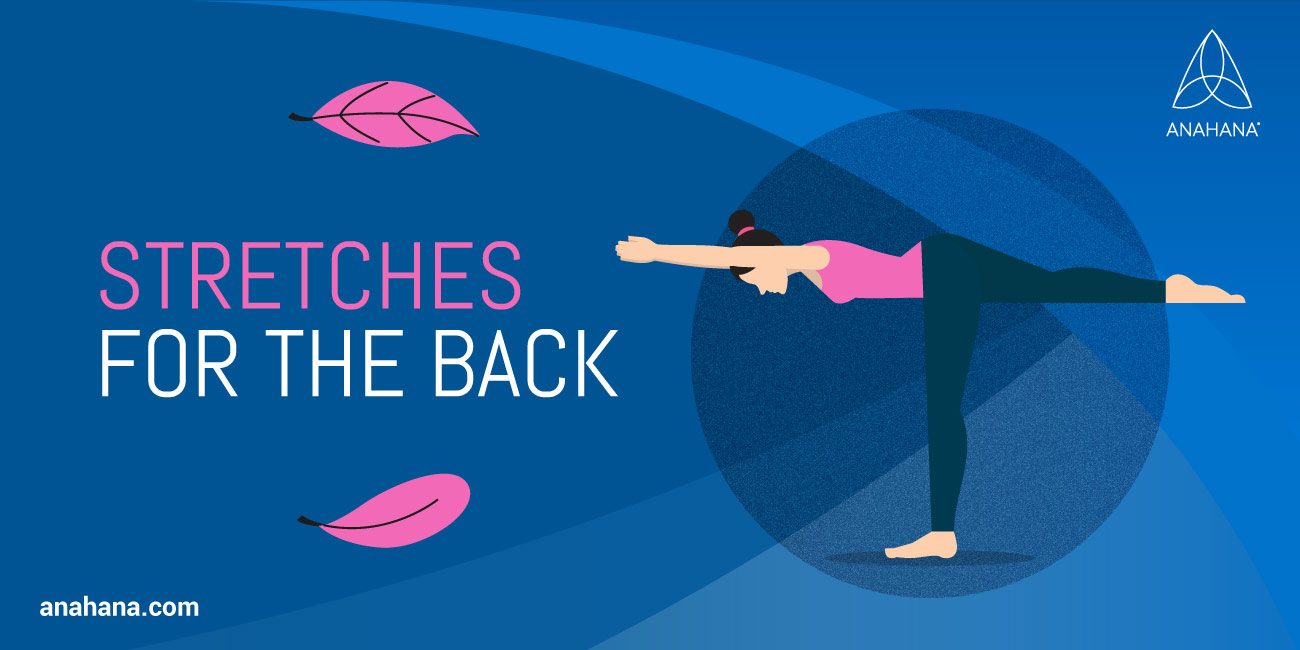
1. Underhand lat stretch. The underhand lat stretch has many variations, but the concept remains the same. Grabbing an object in front of the body, like an upright pole or countertop, lean forward to get the arm extending above the head. Make the arm as long as possible until a stretch is felt from the armpit down the side. Varying the grip and torso angle will target different parts of the muscle.
2. Chin tucks. Chin tucks can effectively loosen tension in the upper trapezius, the big muscles that run down the neck and into the back. While sitting, pull the chin straight back without tilting the head. Do not allow the shoulders to shrug upwards. Pull back until a stretch through the back of the neck is felt.
3. Child's pose. Another yoga pose, the child's pose, involves kneeling on the floor with the torso leaned forward and the knees and legs under the body. The arms are stretched as far as possible in front of the head. Breathe deeply into this stretch. Pushing the hips back will allow a stretch through the lower back, the spinal erectors, the rhomboids, and the latissimus dorsi.
Conclusion
Flexibility is essential to whole-body health and can be trained or improved through mobility exercises like stretching. Inflexibility can result from strength training, general physical activity, or injuries. A stretching routine is the best way to maintain or improve flexibility.
The various forms of stretching serve different purposes, with static stretches being the most effective for increasing flexibility and dynamic stretches being an effective pre-activity warm-up. Choosing stretches to suit specific personal needs is effective, but a whole-body stretch routine working major muscle groups is vital to maintain and improve total body health.
Resources
Warm-Up and Stretching in the Prevention of Muscular Injury | SpringerLink
Epidemiology of injuries associated with physical training among young men in the army
The Relationship Between Range of Movement, Flexibility, and Balance in the Elderly
The Impact of Stretching on Sports Injury Risk: A Systematic Review of the Literature
Disclaimer
As with any type of exercise, stretching does not come without its risks. Practicing stretching should be done with care and respect, reducing the risk of injury. If you are suffering from any medical conditions or are unsure which type of yoga or exercise is best suited for you and your conditions, we advise you to consult a medical professional or your doctor.

Dr. Darlene Buan-Basit is a highly experienced licensed Chiropractor and Pilates instructor with expertise in many techniques, including Medical Acupuncture, Traditional Chinese Medicine, and Advanced Massage Techniques.